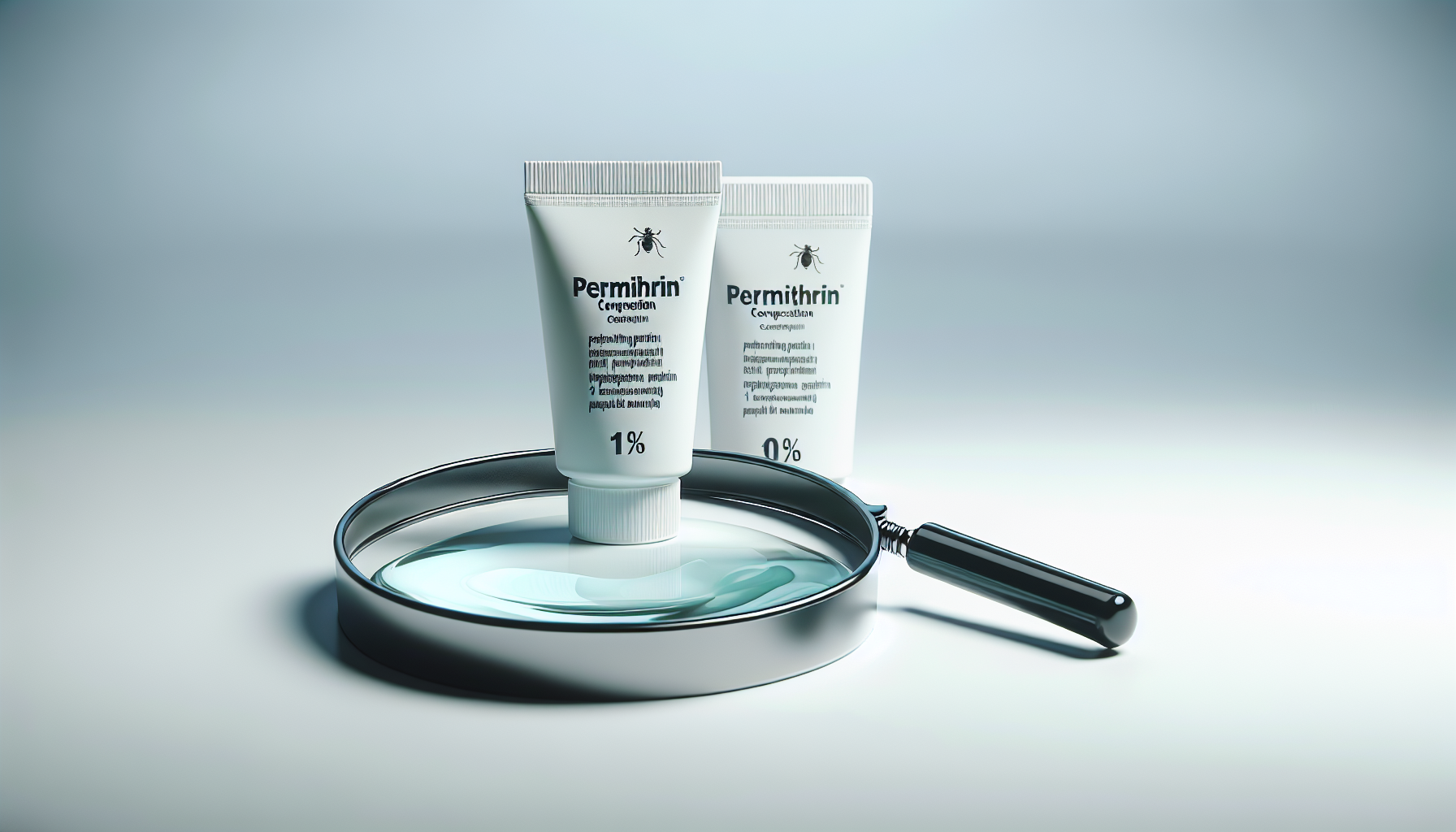If you’re dealing with the frustrating and uncomfortable symptoms of scabies, you might be wondering if using just one application of permethrin will be enough to eliminate these pesky mites for good. In this article, we’ll explore the effectiveness of using a single dose of permethrin to treat scabies, giving you the information you need to find relief from these persistent critters. So, let’s dive in and find out if one permethrin treatment can really conquer scabies.
How does permethrin work?
Permethrin is a synthetic insecticide that is commonly used for the treatment of scabies. It works by paralyzing and killing the scabies mites that are responsible for causing the infestation. When applied to the skin, permethrin penetrates the outer layers and targets the nervous system of the mites, effectively shutting them down and preventing them from reproducing. This ultimately leads to the elimination of the mites and the resolution of the scabies symptoms.
The recommended concentration of permethrin for scabies treatment
When it comes to permethrin cream for scabies treatment, there are two commonly recommended concentrations: 5% and 1%. The 5% permethrin cream is the standard and is widely used due to its high efficacy. However, the 1% permethrin cream is also available and has been found to be effective against scabies in several studies.
Is 1% permethrin effective against scabies?
While the 1% permethrin cream is less concentrated than the 5% cream, it can still be effective in treating scabies. However, due to its lower concentration, it may require more than one application for complete eradication of the mites. Some studies have suggested that the 1% permethrin cream may have a slightly lower cure rate compared to the 5% cream. Therefore, it is important to follow the recommended treatment regimen and consult a healthcare professional if symptoms persist.
Factors affecting treatment success
Several factors can affect the success of scabies treatment with permethrin. The severity of the scabies infestation plays a role, as more severe cases may require additional treatment or a stronger concentration of permethrin. Proper application technique is also crucial for effective treatment. It is important to thoroughly wash and dry the affected area before applying the cream and to cover the entire body from the neck down. Compliance with the treatment regimen, including properly following the instructions and completing the full course of treatment, is essential. Additionally, environmental factors such as re-infestation can impact treatment success, so it is important to practice proper hygiene and take necessary precautions to prevent re-infestation.
How to use 1% permethrin for scabies treatment
When using 1% permethrin cream for scabies treatment, it is important to follow the recommended instructions. Begin by thoroughly washing and drying the affected area. Then, apply a thin layer of the cream to the entire body from the neck down, making sure to cover all areas. Leave the cream on for the recommended duration, as instructed by your healthcare professional. If necessary, repeat the application after one week to ensure complete eradication of the mites.
Possible side effects of permethrin
While permethrin is generally well-tolerated, there are some possible side effects to be aware of. Temporary itching or stinging may occur at the application site, but these symptoms should subside shortly. Some individuals may experience redness or mild skin irritation, which should also resolve on its own. Rare cases of allergic reactions have been reported, characterized by severe itching, swelling, or difficulty breathing. If any severe reactions occur, it is important to consult a healthcare professional immediately.
Alternatives to permethrin for scabies treatment
In addition to permethrin, there are other treatment options available for scabies. Ivermectin is an oral medication that can effectively kill scabies mites. It is often used in cases where topical treatments are not suitable or have been ineffective. Crotamiton is a topical cream that is primarily used to relieve itching caused by scabies, but it may not be as effective in killing all the mites. Benzyl benzoate is another topical lotion that has been found to be effective against scabies. It is important to consult a healthcare professional to determine the most appropriate treatment option based on individual circumstances.
Precautions and considerations
When using permethrin for scabies treatment, it is important to follow the directions provided by a healthcare professional. Avoid contact with the eyes, mouth, and mucous membranes to prevent irritation or adverse effects. Pregnant or breastfeeding women should consult their doctor before using permethrin to ensure its safety for themselves and their baby. It is also important to follow proper hygiene practices to prevent re-infestation and maintain treatment success.
Consult a healthcare professional
If scabies symptoms persist after treatment with permethrin, it is important to consult a healthcare professional for further evaluation and guidance. They can provide insight into the appropriate concentration of permethrin based on individual circumstances. If severe reactions or concerns arise during treatment, it is essential to seek medical attention promptly.
Conclusion
Both 5% and 1% permethrin concentrations have been found to effectively kill scabies mites and treat scabies infestations. While the 1% permethrin cream may require additional applications for complete eradication, it can still be an effective treatment option. However, it is essential to consult a healthcare professional for the proper diagnosis, guidance, and treatment regimen. Following their instructions and taking necessary precautions will help ensure successful and timely resolution of scabies infestations.
